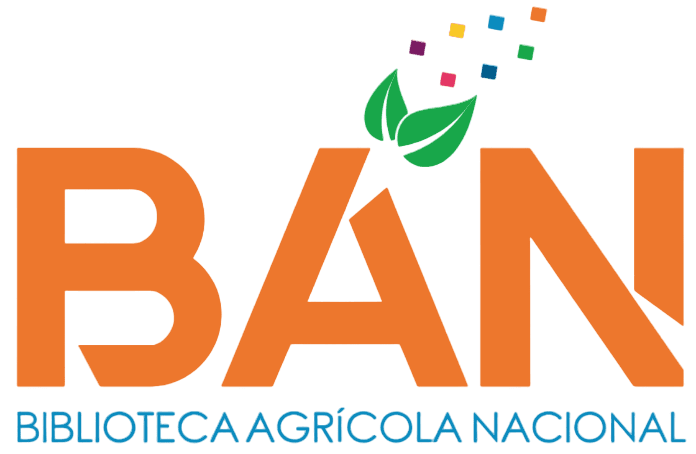Evaluación del crecimiento, rendimiento, absorción y estrés oxidativo en plantas de tomate (Solanum lycopersicum L.) sometidas a diferentes concentracionesde cadmio
Loading...
Código QR
Authors
Pastor Arbulú, Paulo César
Contact Email
Abstract
Las concentraciones anormales de cadmio (Cd), causadas por factores antropogénicos, representan un gran problema para la salud alimentaria de las personas. Ante este problema de contaminación ambiental es necesario evaluar la toxicidad del Cd en cultivos de importancia agronómica que son consumidos a razón de miles de millones de toneladas anuales por la humanidad, como es el caso del tomate. Diversas hortalizas de fruto son bioacumuladoras del metal pesado en sus órganos comestibles y completan así el ciclo ecotoxicológico del elemento al pasar del biotopo contaminado al organismo del consumidor, planteándose una continua búsqueda de alternativas sostenibles. Con ese propósito, se diseñó un experimento con dos factores (nivel de Cd y presencia/ausencia de PSR, un bioestimulante a base de algas) en tomate (Solanum lycopersicum L.) cultivado hidropónicamente sometido a 5 concentraciones de cadmio. En general, los resultados no mostraron diferencias significativas de acuerdo con los estadísticos de efectos principales y post-hoc en cuanto a los parámetros de crecimiento, rendimiento y productividad del cultivo. Respecto a la absorción y bioacumulación, se encontró que la concentración de Cd en cada órgano fue directamente proporcional al Cd suministrado por tratamiento, con mayor concentración entre raíces y hojas, aunque también en frutos. Asimismo, es importante resaltar la eficacia del bioestimulante PSR mejorando el factor de translocación y disminuyendo la absorción de Cd, así como el índice de bioacumulación. Para las variables fisiológicas, se registró que los niveles de Cd afectan negativamente a la cuantificación de clorofila total; sin embargo, por el método SPAD no se encontraron diferencias significativas entre los tratamientos. Por otro lado, se registró que la actividad de enzima nitrato reductasa aumenta en presencia de mayores concentraciones de Cd. Finalmente, los parámetros de estrés como la concentración de prolina y actividad de peroxidasa mostraron valores más elevados mientras mayor nivel de Cd al que estuvo expuesta la planta.
Abnormal cadmium (Cd) concentrations, related to anthropogenic factors, pose a significant issue for food safety. Given this environmental contamination problem, it is necessary to evaluate the Cd toxicity in agronomically important crops that are consumed in billions of tons annually by humanity, such as tomatoes. Various fruit vegetables are bio accumulators of the heavy metal in their edible organs, thus completing the ecotoxicological cycle of the element as it moves from the contaminated biotope to the consumer's organism, prompting a continuous search for sustainable alternatives. With this purpose, a trial was designed with two factors (Cd level and presence/absence of PSR, an algae-based bio stimulant) in hydroponic grown tomato plants (Solanum lycopersicum L.) subjected to 5 cadmium concentrations. In general, the results did not show significant differences according to the main effects statistics and post-hoc in terms of growth parameters, yield, and crop productivity. Regarding uptake and bioaccumulation, it was found that the Cd concentration in each organ was directly proportional to the Cd supplied per treatment, with Cd generally being found in higher amounts in roots and leaves, and then in fruits. Additionally, the considerable efficacy of the bio stimulant PSR enhancing the translocation factor and decreasing the bioaccumulation index and overall Cd uptake is noteworthy. As for physiological variables, it was recorded that Cd levels negatively affect total chlorophyll quantification; however, no significant differences were found between treatments taking SPAD values. On the other hand, it was observed that nitrate reductase enzyme activity increases with higher Cd concentrations. Finally, stress parameters such as proline concentration and peroxidase activity showed higher values with increasing Cd levels to which the plant was exposed
Abnormal cadmium (Cd) concentrations, related to anthropogenic factors, pose a significant issue for food safety. Given this environmental contamination problem, it is necessary to evaluate the Cd toxicity in agronomically important crops that are consumed in billions of tons annually by humanity, such as tomatoes. Various fruit vegetables are bio accumulators of the heavy metal in their edible organs, thus completing the ecotoxicological cycle of the element as it moves from the contaminated biotope to the consumer's organism, prompting a continuous search for sustainable alternatives. With this purpose, a trial was designed with two factors (Cd level and presence/absence of PSR, an algae-based bio stimulant) in hydroponic grown tomato plants (Solanum lycopersicum L.) subjected to 5 cadmium concentrations. In general, the results did not show significant differences according to the main effects statistics and post-hoc in terms of growth parameters, yield, and crop productivity. Regarding uptake and bioaccumulation, it was found that the Cd concentration in each organ was directly proportional to the Cd supplied per treatment, with Cd generally being found in higher amounts in roots and leaves, and then in fruits. Additionally, the considerable efficacy of the bio stimulant PSR enhancing the translocation factor and decreasing the bioaccumulation index and overall Cd uptake is noteworthy. As for physiological variables, it was recorded that Cd levels negatively affect total chlorophyll quantification; however, no significant differences were found between treatments taking SPAD values. On the other hand, it was observed that nitrate reductase enzyme activity increases with higher Cd concentrations. Finally, stress parameters such as proline concentration and peroxidase activity showed higher values with increasing Cd levels to which the plant was exposed
Description
Universidad Nacional Agraria La Molina. Facultad de Ciencias. Departamento Académico de Biología
Keywords
Ecotoxicología
Citation
Date
2025
Collections
Seleccionar año de consulta:
Licencia de uso

Excepto si se señala otra cosa, la licencia del ítem se describe como info:eu-repo/semantics/openAccess

